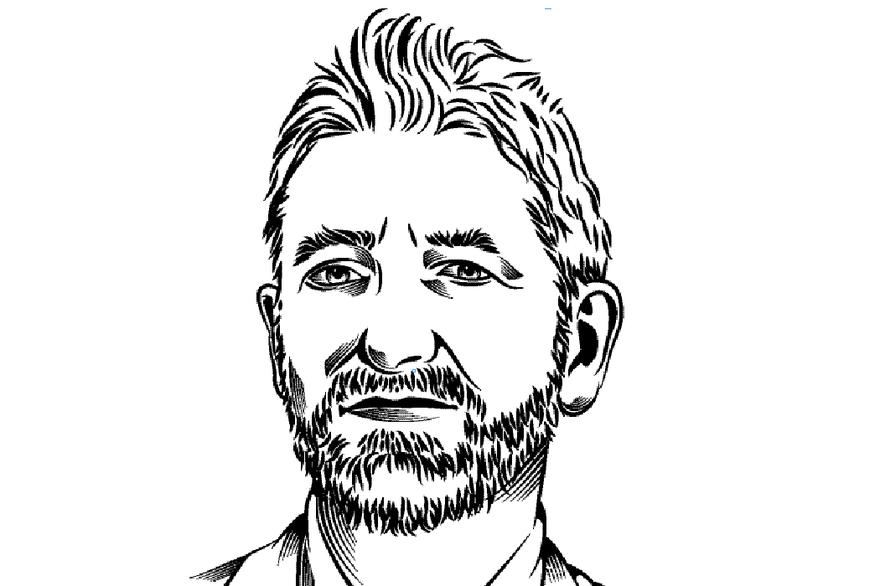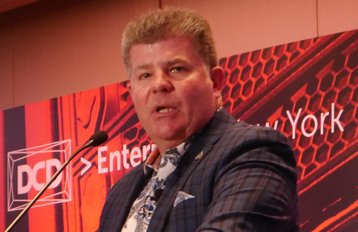Do you sometimes feel isolated? Making your own data center as efficient as possible is a good thing to do, but do you wonder whether it makes any difference to the world as a whole?
Of course it does. It benefits your customers, and their partners. But there is more. The very process of greening data centers is spearheading the progress of renewable energy and efficient practices in the rest of the world.
Sometimes the influence is very direct. If you are Google, for instance, you can change the shape of the market.
Opening opportunities for others
In Taiwan, for instance, the government has a policy of promoting renewable energy, but end users didn’t have the opportunity to choose renewables. When Google decided to build a data center in the country, it planned to build its own power plant. Instead, it worked with the government to change the rules so that it could buy certified green energy - and ensured those rules also applied to others in Taiwan.
“It wasn’t possible to buy renewable power in Taiwan, said Joe Kava, head of Google’s data center operations, speaking at the DCD Enterprise event in New York earlier this year. “Thanks to our policy team and the local government, new energy regulation was passed to allow consumers to buy renewable energy. This doesn’t only help Google, it helps everyone.”
Switch did much the same thing in Nevada, taking the utility NV Energy and the Public Utilities Commission to court to win the right to change provider and pay a competitive rate for renewable power. Switch won the case, and the right extended to other consumers in the state.
Thanks to our policy team and the local government, new energy regulation was passed to allow consumers to buy renewable energy. This doesn’t only help Google, it helps everyone.
Joe Kava, Google
In the DCD keynote, Kava was joined by Microsoft’s cloud chief Christian Belady, who underlined that companies using renewables should get their carbon accounting straight. Belady also described how Microsoft is sharing its backup power generators with the grid in Cheyenne, to reduce the amount of fossil capacity the local utility has to provide.
Backing renewables
Renewable energy is not popular with the Trump administration, which has pledged its support for fossil fuels. But on the evidence of the DCD show in New York, it seems that the big cloud players are taking a longer-term view. The future has to be in renewables.
Coal, oil and gas still make up 62 percent of the global electricity supply, but they aren’t getting any cheaper, and the cost of renewables is falling. Solar power costs have dropped by 80 percent since 2009. In many countries, renewables have reached grid parity, where they cost the same as fossil sources, or less.
Moving across to them is not simple, as their other characteristics don’t match the ability of fossil sources to produce steady baseline power. But the whole energy supply industry is working - or should be working - to enable the transition by creating smart grids that can use fluctuation power sources. Data centers can get involved as influential consumers, and also work to create ways in which infrastructure connects more creatively with the grid. The work data center operators are doing now really will benefit us all.
A version of this article appeared on Green Data Center News



